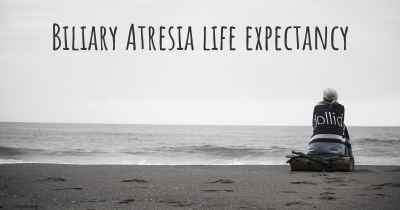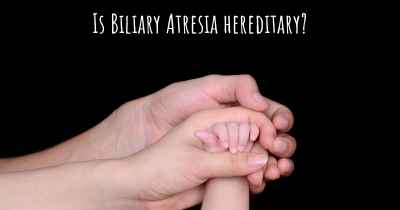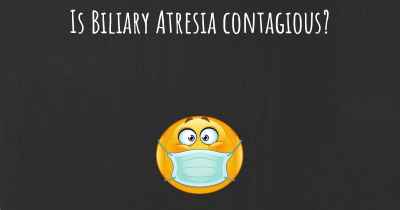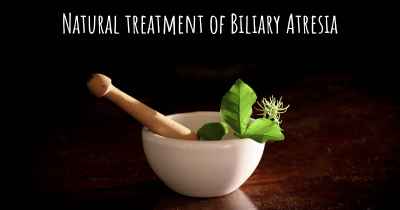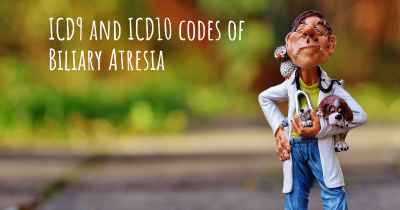What are the best treatments for Biliary Atresia?
See the best treatments for Biliary Atresia here

Biliary Atresia Treatment Options
Biliary atresia is a rare and serious liver disease that affects infants. It is characterized by the absence or blockage of the bile ducts, which prevents the normal flow of bile from the liver to the gallbladder and small intestine. Without proper treatment, biliary atresia can lead to liver damage and failure. Early diagnosis and intervention are crucial for improving outcomes in affected infants.
Kasai Procedure:
The Kasai procedure is the primary treatment for biliary atresia. It is a surgical procedure that aims to restore bile flow by creating a new pathway for bile drainage. During the procedure, the damaged bile ducts are removed, and a loop of the small intestine is attached to the liver to act as a substitute bile duct. The success of the Kasai procedure depends on the age of the infant at the time of surgery and the extent of liver damage.
Liver Transplantation:
In cases where the Kasai procedure is not successful or if the disease progresses to end-stage liver disease, a liver transplantation may be necessary. A liver transplant involves replacing the diseased liver with a healthy liver from a deceased or living donor. This procedure offers the best long-term outcome for children with biliary atresia who develop liver failure.
Supportive Care:
In addition to surgical interventions, supportive care plays a crucial role in managing biliary atresia. This includes:
- Nutritional Support: Infants with biliary atresia often have difficulty absorbing nutrients due to impaired bile flow. Nutritional support, such as specialized formulas or tube feeding, may be necessary to ensure adequate growth and development.
- Vitamin Supplementation: Since bile is essential for the absorption of fat-soluble vitamins (A, D, E, and K), infants with biliary atresia may require vitamin supplements to prevent deficiencies.
- Medications: Certain medications may be prescribed to manage symptoms and complications associated with biliary atresia, such as pruritus (itching), jaundice, and liver inflammation.
- Ongoing Monitoring: Regular follow-up visits with a pediatric hepatologist are essential to monitor liver function, growth, and development. Blood tests, imaging studies, and other diagnostic procedures may be performed to assess the progression of the disease and the effectiveness of treatment.
Importance of Early Intervention:
Early diagnosis and prompt treatment are crucial for improving outcomes in infants with biliary atresia. The Kasai procedure is most effective when performed within the first two to three months of life. Delayed intervention increases the risk of irreversible liver damage and the need for liver transplantation.
Conclusion:
Biliary atresia is a complex liver disease that requires a multidisciplinary approach for optimal management. The Kasai procedure and liver transplantation are the main treatment options, with supportive care playing a vital role in improving the quality of life for affected infants. Early intervention and ongoing monitoring are essential to maximize outcomes and provide the best chance for long-term liver function.
Liver Transplant
Posted May 21, 2017 by Nicole 900
